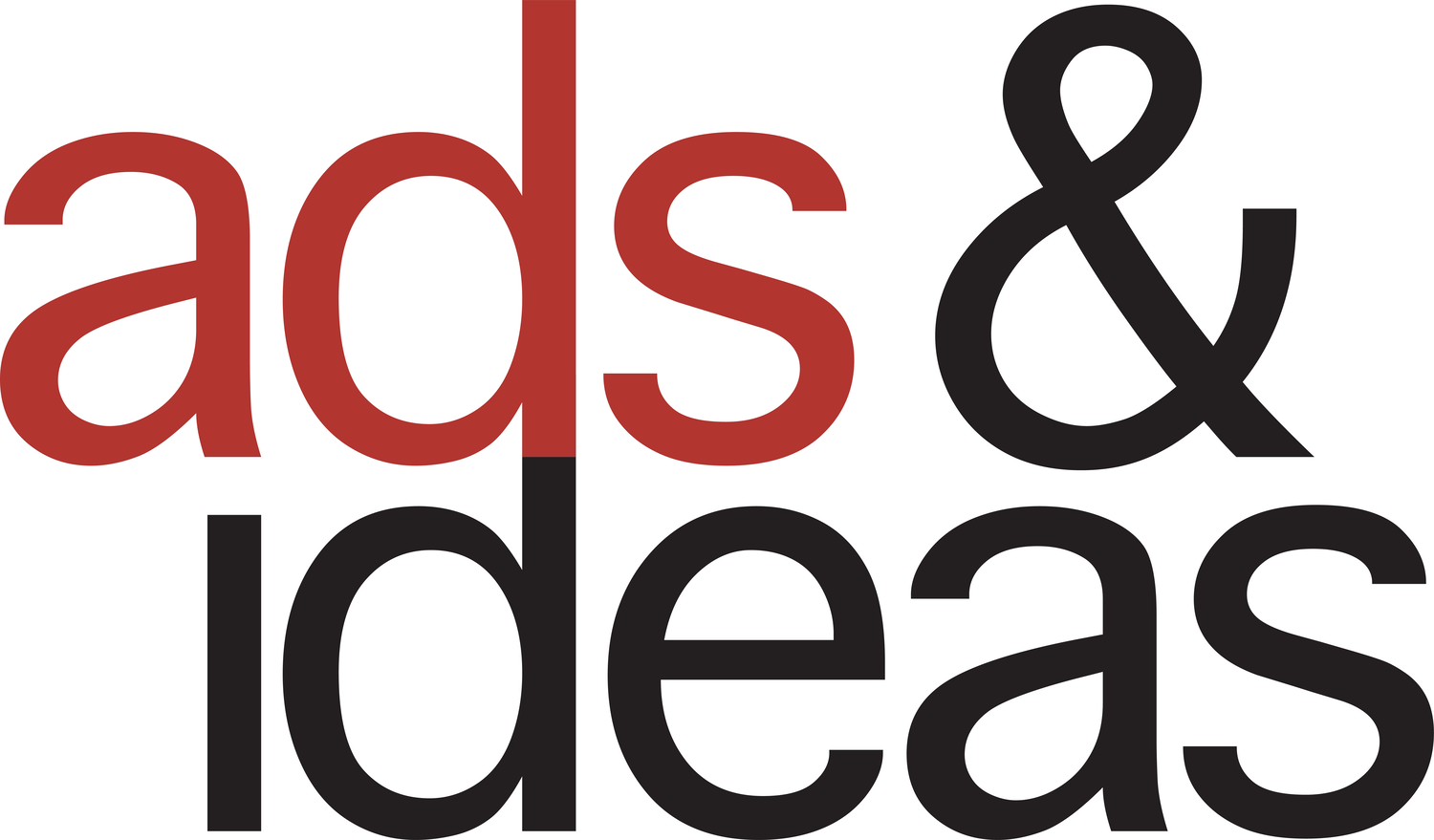President’s Note
The magazine industry has felt the nonstop impact of disruption and displacement since the late nineties. Like railroads, telegrams, and more recently, the music business, print media faces an evolutionary emergency as consumers shift to newer technologies and new modes of consumption.
Magazines were blindsided by digital media 20 years ago. Just as they’ve tried to pivot, some new disruption emerges. The result? An extended period of struggle, as ad revenue dwindles, massive rounds of layoffs sweep the industry, and many titles close.
The dynamic now playing out before our eyes can be explained in the context of the “first-curve-second-curve” model of business economics. The model, created by the author, consultant, and futurist Ian Morrison, says that the first curve is a company’s traditional business—all of the activities that led to a company’s success to begin with. The second curve is the future—new technologies, new capabilities, new talent and new audiences. The second curve is the inevitable paradigm shift that makes the first-curve business model obsolescent and ultimately extinct.
The key is to succeed at the first curve while simultaneously jumping to the second. For magazines, the last 25 years have been a continual journey to the second curve. In this report, Ads&Ideas Editor Tony Silber explores the impact of media-industry disruption on ad sales using the “first-curve-second-curve” model, identifying in the process some of the self-imposed impediments that media companies may be grappling with.
Read More








